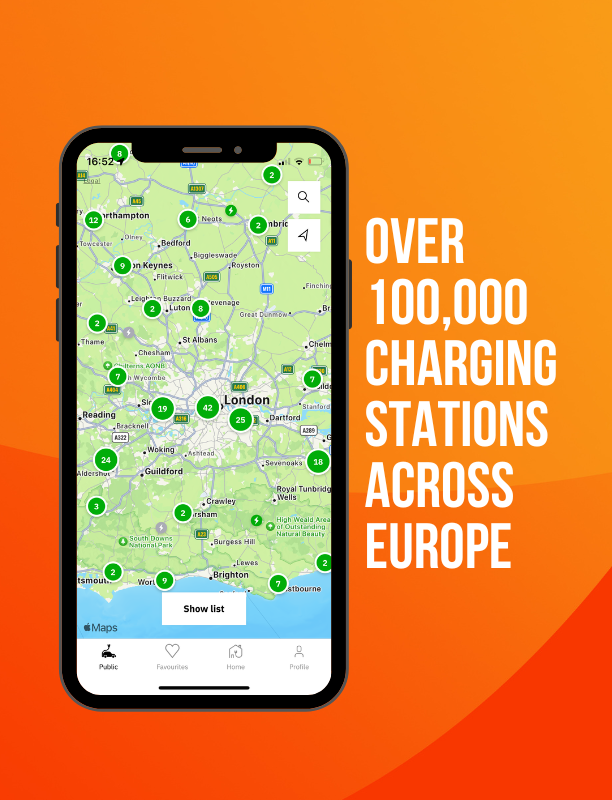Beat the heat - Eco-Driving your EV through summer
Rising temperatures of the summer months present a unique set of challenges for electric car owners. Summer’s sweltering heat isn’t just a test of endurance for us but for our EVs too. The battery’s chemistry and therefore the EV’s performance and efficiency are influenced by high temperatures.
Longer, warmer days call for more daily outings and longer trips which leads to increased energy use, particularly when using air conditioning.
Let’s explore our detailed guide on eco-driving tips tailored for summer. By adopting strategic charging, being aware of energy consumption when using in-car features, and mindful driving habits, you can make your electric car journeys in summer more enjoyable and eco-friendly.
Higher temperatures impact battery chemistry
- Heat causes lithium-ion batteries to lose their charge more rapidly, leading to decreased efficiency and potential damage
- High temperatures can damage or overheat the battery
- Extreme temperatures can disrupt the battery’s internal chemistry which can accelerate degradation and reduce lifespan
EV’s are equipped with battery cooling systems effective in managing battery temperatures. However, the more they have to manage the temperature the more energy they consume, meaning less energy is available for driving, which can reduce your EV’s range.
Increased use of air conditioning can drain the battery
- EVs draw power directly from the battery to run the air conditioning
- Using the air conditioning on a hot day can lead to noticeable reductions in driving range
Use the pre-cooling feature while connected to the charger or recirculation mode to cool the inside of the car more efficiently. Park in shaded areas whenever you can to reduce the initial temperature.
More frequent travel leads to higher energy consumption
- You are more likely to be on the road more often in summer - road trips, frequent outings, holiday travel
- The need for air conditioning, long distance travel, carrying passengers and luggage can all contribute to a decrease in efficiency and driving range
When planning your journey include plenty of charging stops and avoid driving during the hottest part of the day, if possible. Conserve energy during summer months by driving and braking smoothly.
Pre-drive preparation in summer
You can prepare your EV before setting off to increase its range and efficiency during the hot summer months.
Optimal charging practices
- Charge your EV during cooler parts of the day, usually overnight, to mitigate battery stress caused by high temperatures
- Charging in cooler conditions reduces the risk of overheating and degradation and therefore can prolong battery life
- You can save money by using off-peak electricity rates during night charging
- Your EV will be fully charged at the start of the day when you are ready to go
EV preconditioning
- Cool the car’s cabin to a comfortable temperature before you depart while it’s plugged in to draw power directly from the grid rather than the battery
- The initial demand for the use of air conditioning will be reduced, preserving range
- Pro tip: invest in UV-reflective window tints or shades to keep the temperature inside your EV cooler and reducing the need for air conditioning
Tyre maintenance
- Why do you need properly inflated tyres? Because the friction between the tyre and the road surface (rolling resistance) allows your EV to move more efficiently and extend its range
- Changes in temperature can affect tyre pressure so check it regularly
- In addition to the range, tyre pressure affects car handling, tyre wear and tyre related accidents
Maximising EV efficiency during summer drives
Smooth driving
The key to eco-driving and reducing energy consumption are smooth acceleration and gentle deceleration. Rapid acceleration consumes a significant amount of energy. Abrupt braking wastes the kinetic energy that could otherwise be converted back into stored power in the battery through regenerative braking.
Maintaining a steady speed and avoiding unnecessary stops and starts can conserve energy so think of the traffic flow before planning your journey.
Speed management
Moderate speed, especially on motorways, is more energy efficient and can significantly enhance your EV’s range. High speeds increase aerodynamic drag, forcing the car to consume more energy to maintain velocity.
The optimal speed for maximum range is between 45 and 65 mph (approx. 72 to 105 km/h) range. That way your EV’s energy consumption is optimised for longer distances.
Route planning
Take into consideration routes with heavy traffic or significant uphill gradients because these require more energy. When planning your route check the locations of EV charging stations and have a backup location in case your chosen station is offline.
Maintaining and caring for your EV battery during summer
Proper care and maintenance, not only throughout summer, can significantly extend the life of your battery.
- Park in the shade or indoors whenever possible to protect your EV from direct sunlight
- Keep your battery charge level between 20% - 80% for daily use. Charge to 100% only during long trips
- Charge during the cooler parts of the day or overnight
- Use your EV’s in-built smart charging feature to set charging schedules
- Carry out regular maintenance checks
- Precondition the car’s battery when it’s plugged in before setting off on your journey
- Excessive use of fast charging in hot weather can lead to increased battery temperature and accelerated wear
- After a drive your EV may be very hot, let it cool down a bit before plugging it in
- Keep your EV’s software up to date
It’s clear that the sunnier months bring some challenges for EV owners. From the battery care in the heat to following eco-driving techniques, each contributes to a more enjoyable and sustainable driving experience.

